Searching for Ookpik
Snowy owls, like most owls, don’t want to be found. Let’s start with that.
Driving east of Calgary on a frigid morning into the frozen expanse of the Alberta prairies, it would be hard to imagine a more quixotic pursuit. I’m looking for an all white bird in an all white landscape the size of the lunar mare. The occasional pump jack breaks the horizontal line, marked only by grid roads bisecting the TransCanada like ironed lines on a linen table cloth. For even the most optimistic bird spotter, the odds are against you.
On the plus side, you know they’re out there. Every winter the owls drift south from the arctic in search of food. In irruption years (probably tied to lemming cycles in the north) a surplus of snowy owls make their ghostly journey as far south as the US border, crossing into the New England states in the East, Colorado, Idaho and Washington in the west. In extreme years, they’ve even been spotted as far south as Texas and Florida. (Cornell). This year birders have spotted snowy’s all across the maritimes, in Ontario and Quebec (where it’s the provincial bird) and all across the southern prairies and B.C. Instagram is alight with owl images. But I haven’t seen one. At least, not yet.
It’s not for lack of trying. Each winter for the last several years I’ve gone searching, and I’ve been blanked. The trick is to convince an unsuspecting friend or family member it’s fun to head out toward the Alberta badlands in -25 degree weather, or cruise south on icy secondary roads past CFB Suffield to the welcoming micro-breweries of Medicine Hat. On the plus side it’s a chance to have long conversations or warble car karaoke as you look for a lump in a field or shape on a post, hoping your passenger hasn’t grown bored of staring out the window or worse, been lulled to sleep by the monotony of the view. At the end of the day you’re usually left with an empty gas tank and a bellyful of highway diner indigestion…but no owls.
But not this time. This time, I’m operating on actionable intelligence. A birder friend has sent me a note tipping me off to a particular grid pattern he swears is rich in owls. Just the day before, he’d spotted twenty different owls in one particular area. He shares his map, and once again I’m sold. I convince my 24 year old daughter it would be a great way to spend time together. She’s dubious but I work on her longtime love of Hedwig from Harry Potter. She humours her father, packs a good book and, just in case, some newly obtained binoculars. We’re on our way.
An hour or so later we arrive at the designated coordinates, and for whatever mystical reason, it’s suddenly owl-palooza. We spot our first, predictably, on a power line. I almost can’t believe it’s there, a female, her haughty yellow gaze staring down as we creep closer. I open the sunroof and pop out like a periscope as my daughter drives, snapping pictures from a respectful distance with a 600mm lens. I am, admittedly, a little giddy. The owl, of course, doesn’t seem to care. In the car, we’ve caught owl fever. They are unbelievably beautiful.
Snowy owls have rings of feathers around their eyes that deflect sound to their ears. Their cere (the fleshy area above the beak where a birds nostrils, or “nares” are located) is also surrounded by feathers, and so are the feet, perfect for arctic conditions. The result is instantly endearing, and the reason their shape was mimicked by Inuit artists in the sixties and marketed Canada-wide as Ookpik, handcrafted seal skin toys for children. Most Canadian kids of the era remember wanting one.The 31/2 razor sharp talons on the real thing are, however, a little less endearing.
The second owl we spot perched on an abandoned windmill (take that, Don Quixote). She’s chased off by yet another, more aggressive owl. The females are territorial, and surprisingly large—half a meter tall, with a metre and half wingspan. The males are somewhat smaller, and often pure white.
We spot one on a light standard, as bright as fresh snow. He takes off before I can bring my lens fully to bear, and floats across a field in almost complete silence. The leading edge of an owls primary feathers are serrated, like a comb, breaking down turbulence and all but eliminating noise. The result? They take off like a whisper. An owl’s prey gets no warning. It’s awesome to witness.
The rest of the day goes like this. We spot white lumps far out in fields, patiently surveying massive fields with their 270 degree fields of view. We see snowy owls on fence posts. Owls on pump jacks, irrigators, weathered barns, snow banks, you name it.
For whatever reason this 40km square nondescript area of tundra-like frozen fields is prime owl country. There must be a reason, something that makes this particular section somehow special, but to be honest it escapes me. I swear it’s indistinguishable from the empty swaths of prairie that surround it in every direction. But the owls have found something. Hours later we leave, fully satisfied and full of stories, memories, and a loaded SD card. It was a great day.
One week later, I share my map with a couple I know have long wanted to spot a snowy owl in the wild. They head to the exact same area, driving the exact same route.They spend a full day searching the same roads and fields. But the countryside is empty; they find nothing. The owls have vanished, as silently as they arrived. The ghosts of winter are gone.
N

